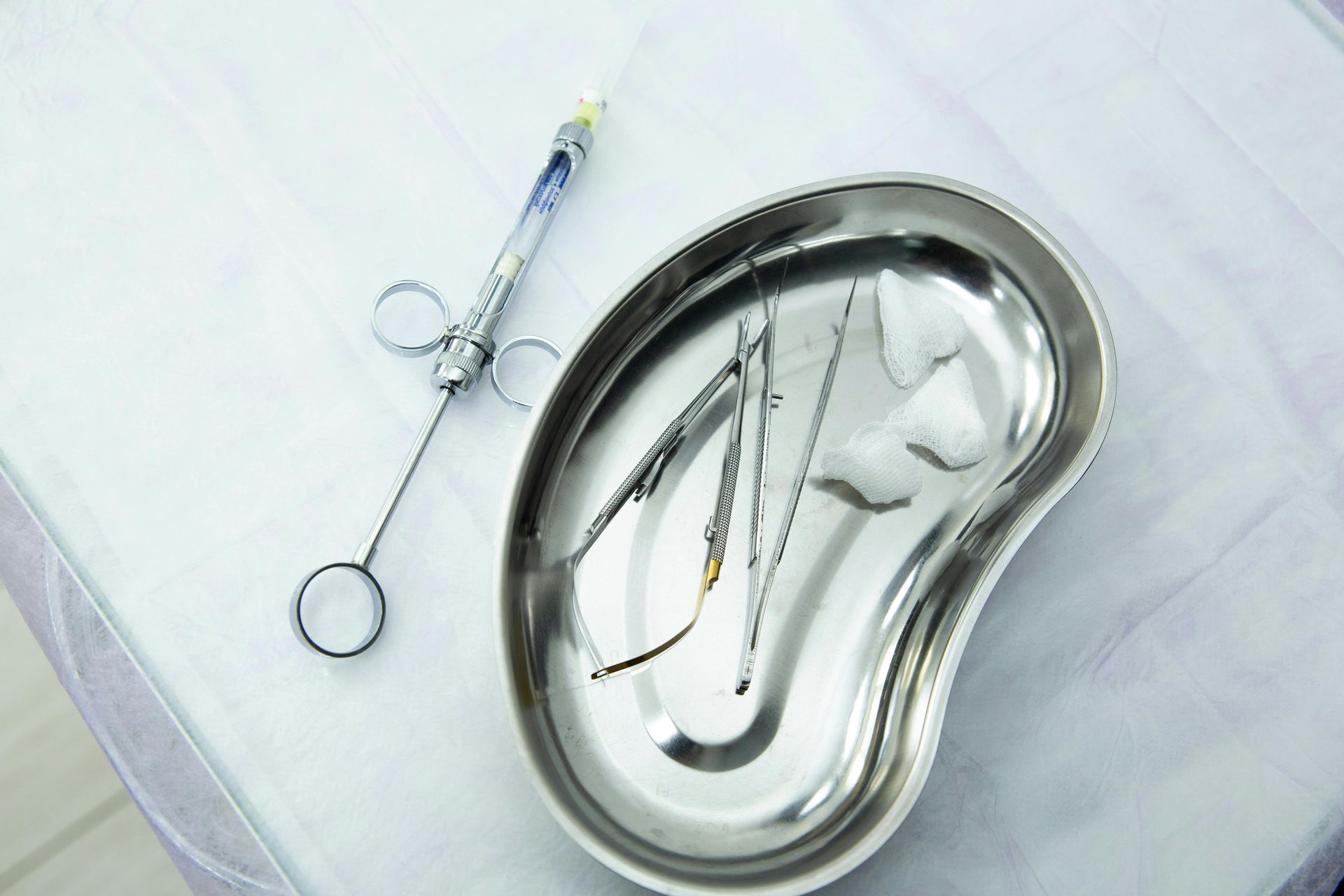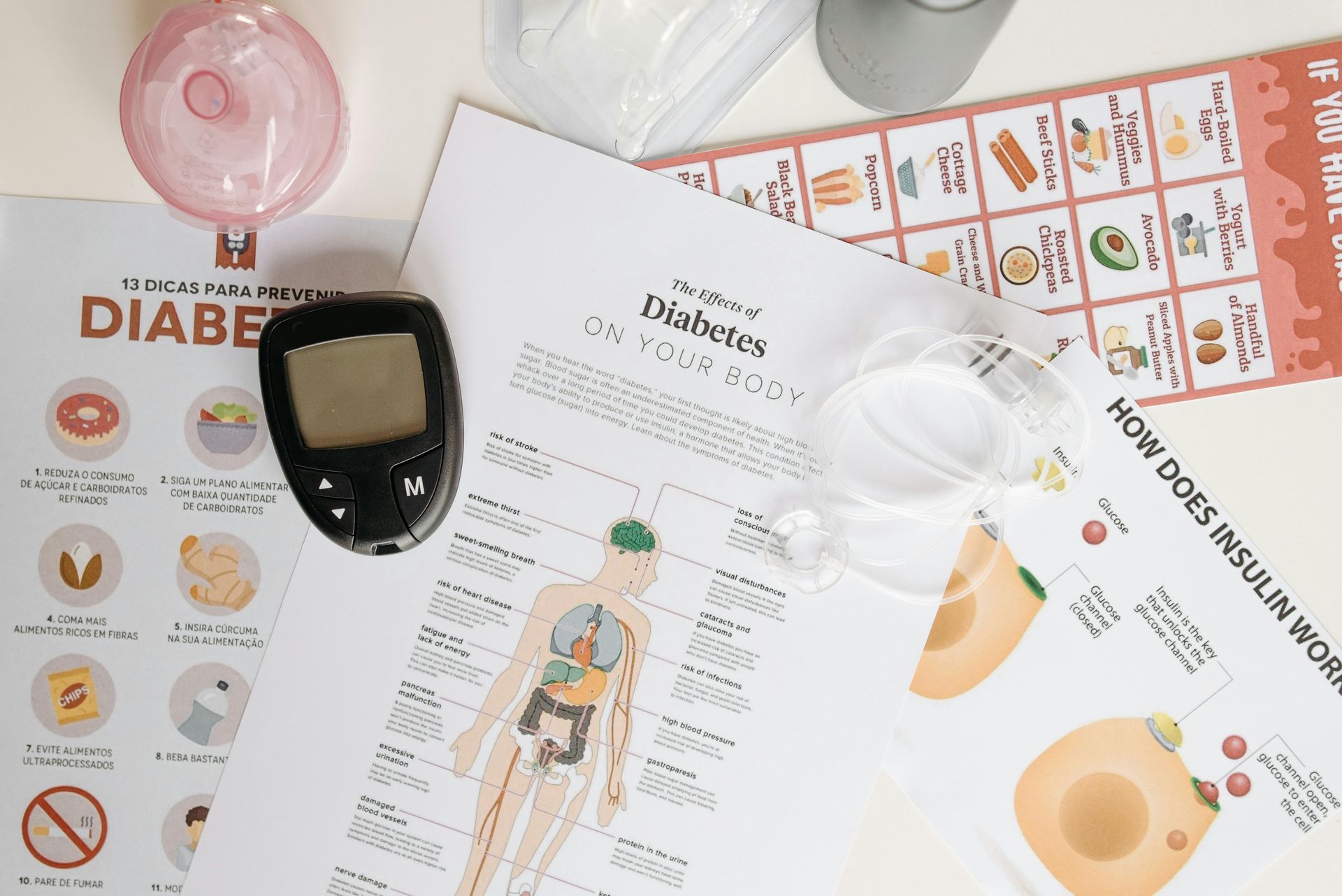Why Complete Bladder Emptying Matters for Urinary Health
Incomplete bladder emptying is more common than many realize—and it isn’t just an inconvenience. Retaining even small amounts of urine can increase the risk of:
- Urinary Tract Infections (UTIs): Bacteria thrives in residual urine, leading to recurrent infections.
- Bladder Stones: Persistently leftover urine may crystallize and form stones over time.
- Bladder Overdistension & Weakness: Overstretching the bladder wall can interfere with normal signalling, causing chronic retention.
- Kidney Damage: In rare but serious cases, blocked or incomplete voiding can backflow to the kidneys.
Common Causes:
- Enlarged prostate, urethral narrowing or strictures
- Medications that affect muscle tone (e.g. anticholinergics)
- Neurological conditions like diabetes or MS
- Weak pelvic floor or bladder muscles
Warning Signs to Watch For:
- Feeling not fully relieved after peeing
- Frequent visits to the bathroom without full results
- Weak or intermittent urine flow
- Lower abdominal discomfort or pressure
- Repeated UTIs despite treatment
Steps You Can Take:
- Practice “double voiding”: pause, relax for a minute, then try again
- Stay fully hydrated—yet pee when you feel the urge
- Maintain a healthy weight and exercise pelvic floor muscles
- Consult your provider about medications or physical therapy
- In some cases, your clinician may suggest intermittent self-catheterization
How the right medical products help:
Quality catheterization gels, lubricants, and intermittent catheters—designed for comfort and infection control—can support safer, more effective bladder management especially when emptying is difficult.
Taking care of urinary health boosts comfort, safeguards kidney function, and helps preserve overall wellness.
👉 Learn more about solutions for bladder management: visit www.nrmeds.com
#UrinaryHealth #BladderCare #PreventUTIs #PelvicHealth #UrologyAwareness #SeniorCare










